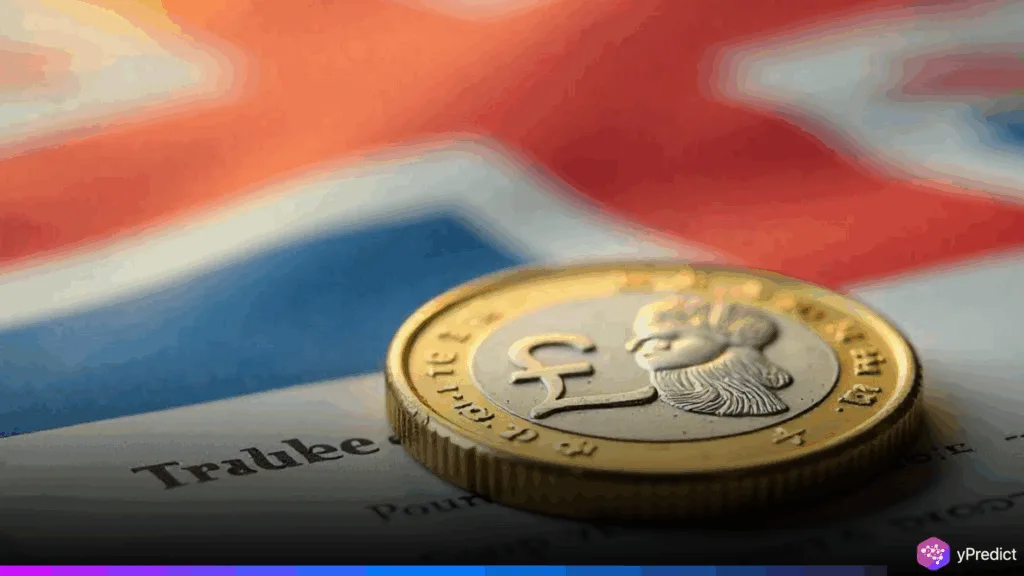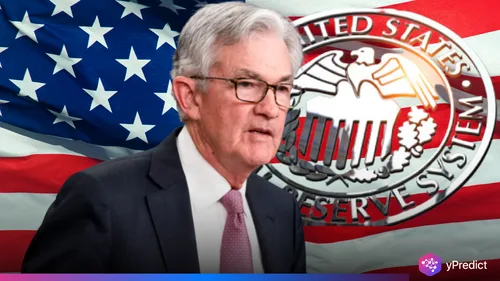
The Pound Sterling rose sharply against major currencies on Monday as markets priced in growing optimism over a UK-EU trade deal and reacted to Moody’s downgrading the US sovereign credit rating. The British currency reached 1.3390 against the US Dollar amid renewed risk appetite, supported by strong UK GDP data and speculation about the upcoming UK Consumer Price Index (CPI) report. Meanwhile, the US Dollar was battered by fiscal concerns and rising inflation expectations.
UK-EU Trade Deal in Focus as Pound Extends Gains
Investor optimism surrounding a potential trade deal between the United Kingdom and the European Union lifted the Pound Sterling early Monday. Talks held in London could result in a framework that enhances cooperation in agriculture, energy, and defense, according to British Chamber of Commerce official William Bain.
Bain noted the non-binding defense pact could unlock over €150 billion for British defense suppliers. Additional benefits include the reduction of non-tariff barriers on agricultural goods. The announcement comes just days after the UK reported Q1 GDP growth of 0.7%, surprising markets and providing a strong economic foundation for the Pound.
Moody’s Downgrade Weighs on US Dollar, Lifts Pound
Moody’s Investors Service cut the US’s long-standing ‘AAA’ credit rating to ‘Aa1’ late Friday, citing persistent deficits and rising interest burdens. The move sent ripples through the bond and FX markets, sending the US Dollar Index (DXY) sharply lower to 100.40.
Although Moody’s stressed the downgrade does not signal a loss of confidence in US institutions, bond yields surged, with the 30-year yield reaching 5%. The Pound Sterling gained as traders saw the downgrade as a structural weakness in the Dollar. President Donald Trump’s potential visit to China for direct trade talks with President Xi Jinping did little to calm markets, though it temporarily improved Dollar sentiment.
UK CPI Data Could Confirm BoE’s Hawkish Stance
Looking ahead, the market’s attention shifts to the UK CPI report due Wednesday. The data is expected to show that core inflation rose to 3.6% in April, up from 3.4% previously. A hotter-than-expected reading would likely reinforce the Bank of England’s restrictive monetary stance, further supporting the Pound Sterling.
In contrast, the Federal Reserve remains in a holding pattern. While markets expect two rate cuts by year-end, according to CME FedWatch, strong inflation expectations—now at 7.3% per the University of Michigan—suggest the Fed could stay hawkish. Morgan Stanley sees no cuts before March 2026, warning of “sticky inflation” and slower growth due to tariffs.
Conclusion
Technically, the GBP/USD pair trades firmly above the 20-day Exponential Moving Average (EMA) at 1.3270, signaling short-term bullish strength. The 14-day Relative Strength Index (RSI) is pointing up but remains below 60—meaning a breakout could be imminent if buying pressure increases.
Resistance lies at the multi-year high of 1.3445, while support is anchored around 1.3000, a key psychological level. Traders will watch Wednesday’s CPI release and outcomes from the UK-EU summit to confirm the next direction.







